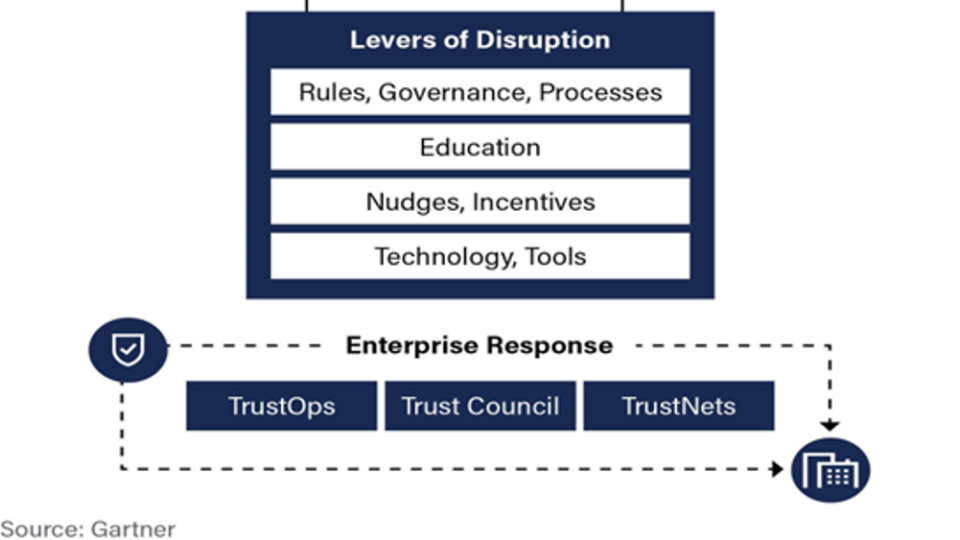
For more than a decade, third-party cookies have dominated the marketing sphere and provided businesses with the ability to fine-tune their target audience, website and advertising. But Google’s January 2022 announcement saying it would no longer support third-party cookies has rocked global marketing teams. So what will this mean for the future of segmentation and data? Andy Horn, CEO of IntraLAN, discusses what a future without third-party cookies could look like..
The main difference between third- and first-party cookies is where they're placed. Each is a script placed within a website to track user activity. Third-party cookies are scripts placed outside of a business’s own website, while first-party cookies are put within one’s own website. Third-party cookies have been used primarily in digital display advertising. They provide marketing teams with information on what websites users have visited to give them insight into what products and services they’d be interested in. For example, you look up a new car and then visit a social media platform, you're served an ad for that car. This is the world of third-party cookies.
First-party cookies, on the other hand, are much less intrusive for website visitors. With the end of third-party cookies, users can browse at their leisure without their visits being tracked. First-party cookies will only track behaviour on a specific website. Once they leave that website, the tracking ends.
With such a heavy reliance on third-party cookies for advertising and data metrics, how will their end impact data capture? Data capture and analytics through third-party data have been the bread and butter of marketing teams. It provided them with the ability to set campaign metrics, segment data based on specific demographics and target specific audiences for digital advertising. With the end of this data comes a return to the reliance on first-party data. It's here to stay and to ensure marketing-based business decisions are sound, contextual-based targeting will be essential. A contextual focus means ads are displayed to customers visiting a website similar to the ad’s product and service. Instead of third-party data demographics driving marketing spend to target audiences, contextual-based targeting relies on keywords and content, much like pay-per-click (PPC) ads and search engine optimisation (SEO). For users on the web, this is great news. Privacy is protected and the creepy feeling of ads following you across websites is alleviated.
The end of third-party cookies will come next year and preparing now will alleviate last-minute stress on your teams and ensure your business is in the best possible position when Google flips the switch. Here are a few ways your business can start preparing:
- Ensure your business is ready to rely on first-party data by implementing an opt in, opt out cookie policy on your website. GDPR already requires this, so if you’ve not completed it, now is the time.
- Start segmenting the data collected on your website to ensure targeting users is easier in the future. Segmentation types include demographics, location, purchases, pages visited and duration on specific pages inferring interest in that product or topic.
- Begin personalising your website to cater for your current target audience based on the segmentation
- Use the data collected from users who’ve already visited your website to tailor your PPC campaigns
Ultimately, ensure you have cross-departmental conversations to plan out what needs doing, and when and who will be involved in navigating this change. Beyond marketeers, this should include someone from IT, finance and senior leadership. Your data protection officer should be included as well
While at first the announcement that third-party cookies are ending caused concern, there’s no need to panic. Preparation is key and will see your business successful long into the future.







